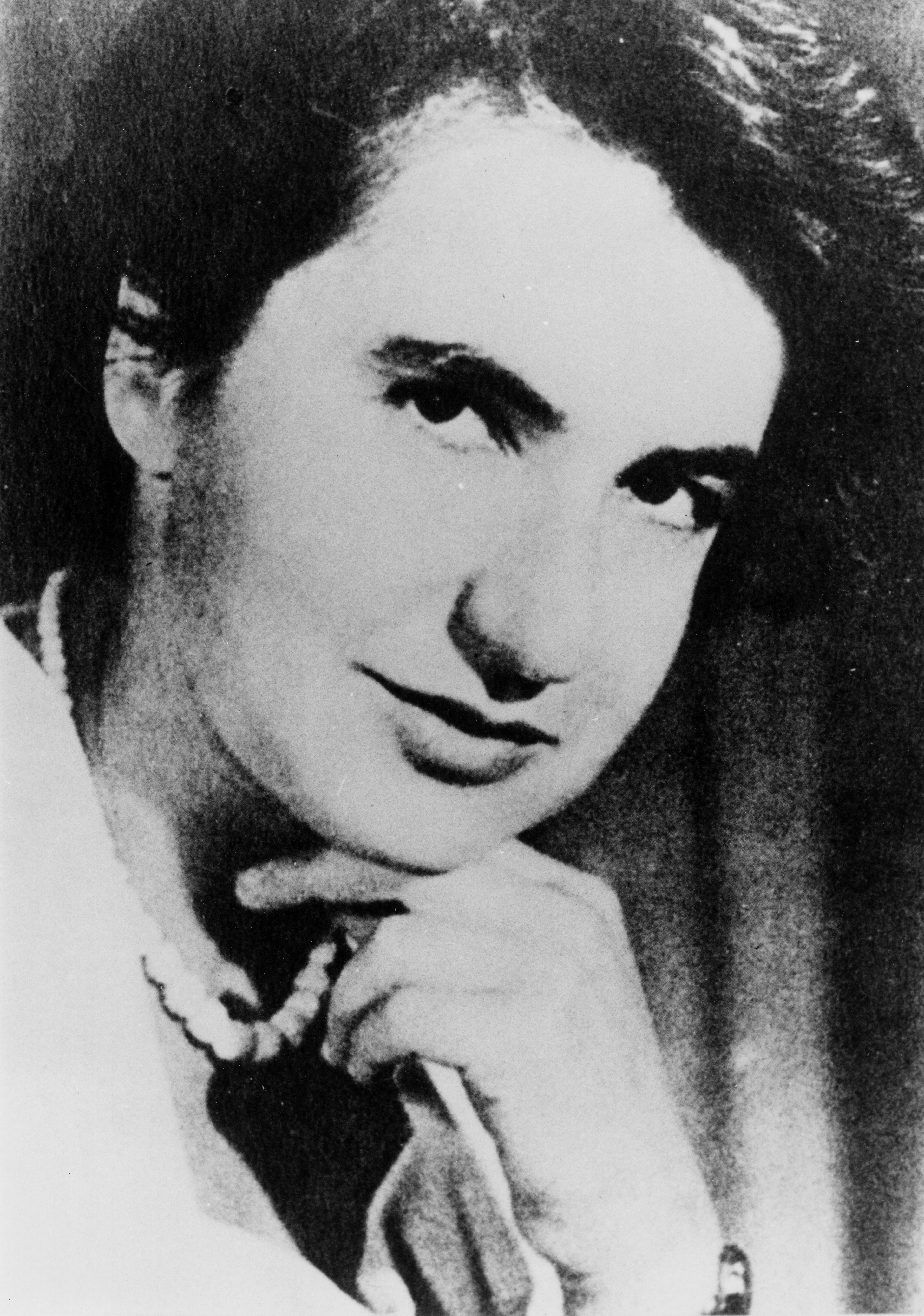- History Home
- People, Leadership & Service
- A Legacy of Excellence
- History & Impact
- Meetings Through the Years
- Resources
Biography - Rosalind E. Franklin (1920 - 1958)Biography | Publications | Curriculum Vitae | Videos/Audio | Slides | Articles | Obituary
Rosalind E. Franklin (1920-1958)
Franklin is famous for her X-ray diffraction photographs of DNA fibers, yet DNA research was only part of her brilliant experimental career in which she also investigated the structure of coal, carbonaceous materials and tobacco mosaic virus.
Franklin's research on the physical structure of coal and graphite at the British Coal Utilization Research Association (CURA) led to her Ph.D. degree from Cambridge University in 1945 as well as several publications. She then migrated to Laboratoire Central des Services Chimiques de l'Etat in Paris where she learned X-ray diffraction and used diffraction techniques to study the structure of various carbon samples after pyrolysis.
At King’s College London she discovered the hydrated form of DNA known as B-DNA. She and her student Raymond Gosling took a series of photographs of DNA fibers. They described precisely the shift of structure between the A- and B- forms of DNA with hydration. Photograph 51, the iconic diffraction photograph of B-DNA, was taken in 1952 by Raymond Gosling. Without Franklin’s knowledge or permission, the photograph was shown by Maurice Wilkins to James Watson and Francis Crick; it provided unmistakable evidence of the helical structure of B-DNA and led directly to their proposal for the structural model. In two papers published in 1953 she and Gosling reported their experimental X-ray evidence for the helical structure of both forms of DNA.
In 1953 she moved to Birkbeck College, London, where J. D. Bernal had invited her to work on the tobacco mosaic virus (TMV). Again her experimental work was brilliant and resulted in a 1955 publication in Nature (“Structure of Tobacco Mosaic Virus” 175:379). Sadly, Franklin died of cancer at age 37, before the 1962 Nobel Prize in Physiology or Medicine for elucidating the structure of DNA was awarded to Crick, Watson, and Wilkins.Photo credit: The College Archives, King's College London, courtesy AIP Emilio Segrè Visual Archives
|

